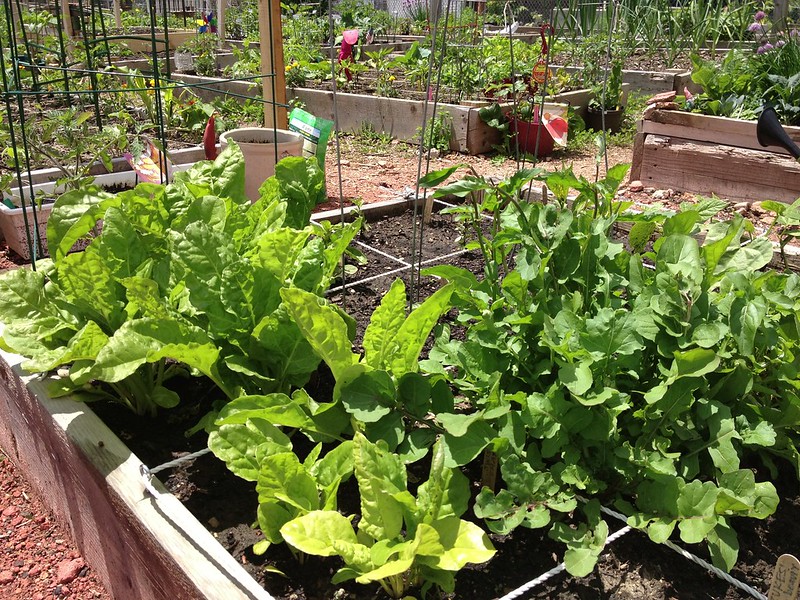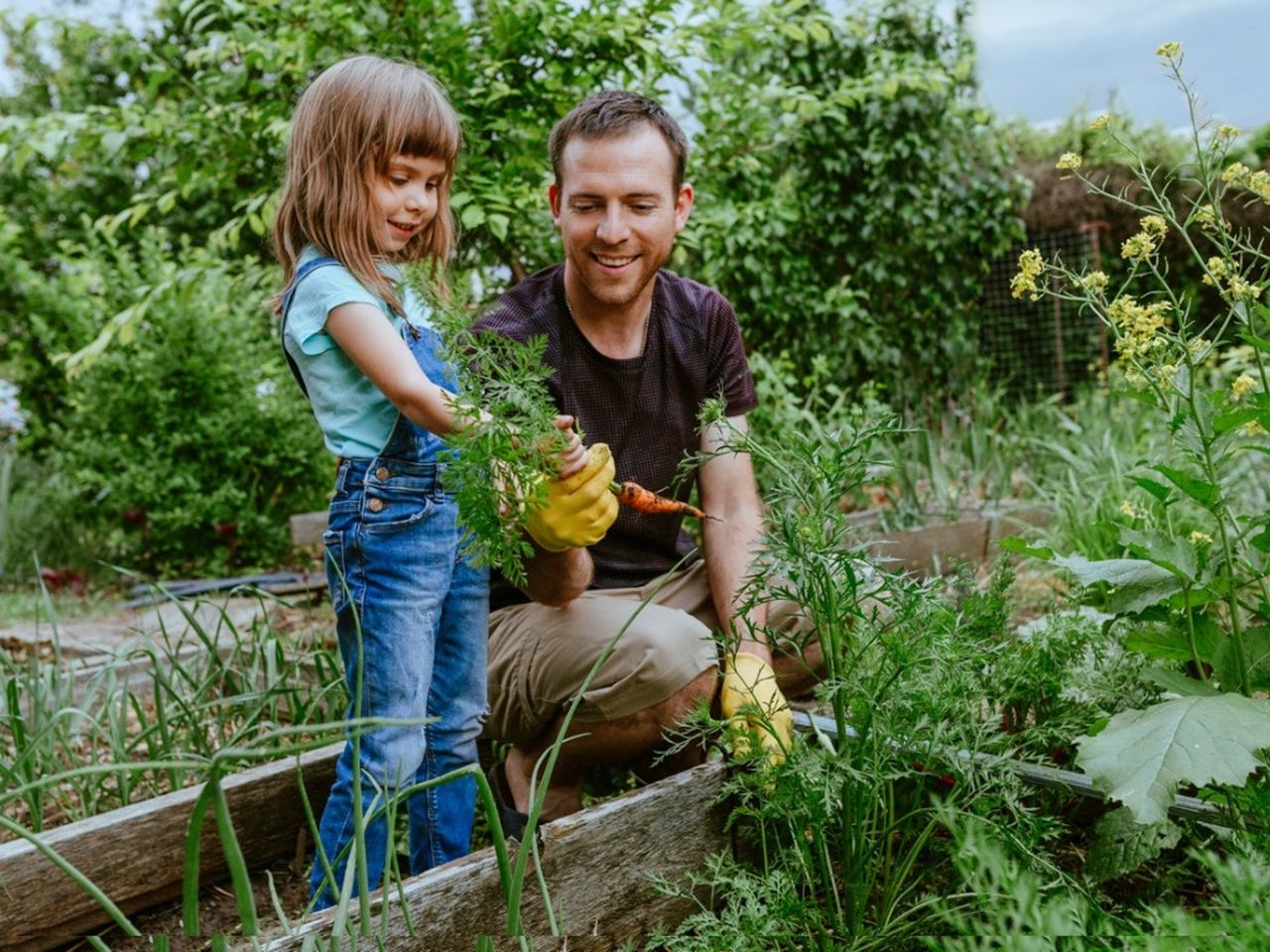Maximizing Yield in Homestead Gardening
Maximizing Yield in Homestead Gardening
Blog Article
Discover Necessary Tips for Successful Gardening Techniques and Practices
Horticulture, typically seen as an easy activity, encompasses a series of techniques and techniques that can considerably influence the result of your efforts. By prioritizing necessary components such as dirt wellness, reliable watering strategies, and suitable plant choice, garden enthusiasts can create a growing ecosystem that supports vivid development. Understanding the nuances of insect management and seasonal upkeep can better enhance performance. Yet, many lovers ignore vital details that can make or damage their gardening success-- checking out these forgot aspects may disclose the trick to cultivating a growing yard.
Recognizing Soil Health
Dirt wellness is a fundamental aspect of successful gardening, as it straight influences plant development, nutrient accessibility, and environment balance. Healthy soil is defined by a rich biodiversity of microorganisms, raw material, and a well balanced pH degree, which together create an environment conducive to plant development.
To understand soil health, one need to consider its physical, chemical, and organic properties. The appearance and structure of dirt influence its capacity to maintain dampness and nutrients, while the chemical structure identifies the schedule of important aspects like nitrogen, potassium, and phosphorus. Normal soil screening is critical to assess these elements, enabling gardeners to make informed choices pertaining to plant foods and changes.
Moreover, advertising biological task within the dirt is crucial for preserving its health and wellness. Practices such as composting, crop turning, and using cover plants can improve microbial variety, boost nutrient cycling, and lower dirt disintegration. By prioritizing dirt health and wellness, gardeners not only optimize plant development yet also contribute to a lasting ecological community, making sure that their gardening practices are ecologically accountable and resistant over time.
Reliable Watering Strategies
Making sure that plants get the proper amount of water is crucial for their wellness and development, particularly when paired with a solid foundation of dirt health and wellness (Homestead Gardening). Effective sprinkling techniques can significantly affect plant vigor, lowering water waste and advertising optimal development
One essential technique is deep watering, which motivates roots to expand much deeper right into the soil, improving dry spell resistance. This technique typically involves sprinkling less often but in larger quantities, permitting wetness to penetrate the root zone completely. Timing is likewise vital; early morning is the excellent time to water, as it reduces dissipation and allows foliage to completely dry throughout the day, reducing illness threats.
Additionally, using mulch can help retain soil moisture and control temperature level, additional aiding reliable sprinkling practices. Using a drip irrigation system can also give targeted wetness straight to the roots, guaranteeing that water gets to where it's most needed while saving sources.
Keeping track of rains and dirt moisture degrees can direct adjustments in your watering routine, making certain plants receive consistent hydration without over-saturation. By embracing these efficient sprinkling strategies, gardeners can promote a thriving environment for their plants to thrive.
Plant Option and Positioning
How can the appropriate plant choice and critical positioning transform a garden right into a prospering community? When picking plants, consider elements such as climate, soil type, and sunshine exposure. Homestead Gardening.
Strategic positioning entails arranging plants according to their growth routines and needs. Taller plants need to be placed at the rear of boundaries to avoid shielding much shorter plants. In addition, organizing plants with similar water and light demands can enhance their growth and minimize competition for sources.
Integrating a variety of plants not just adds aesthetic charm yet likewise advertises biodiversity, attracting useful insects and pollinators. Consider the seasonal changes in your garden; choose a mix of annuals, evergreens, and perennials to make certain year-round interest.
Last but not least, remember to analyze the fully grown size of plants before planting to avoid congestion and guarantee appropriate air flow. Thoughtful plant selection and calculated positioning create an look at this web-site unified setting, enabling your garden to thrive while decreasing obstacles.
Parasite and Disease Administration
Reliable bug and condition monitoring is necessary for maintaining a healthy and balanced yard ecological community - Homestead Gardening. An aggressive method, integrating cultural, organic, and chemical strategies, can significantly decrease the impact of insects and conditions on your plants

Organic controls, such as presenting valuable pests like ladybugs or predacious mites, can maintain insect populaces in check without harming the environment. Additionally, keeping plant wellness with correct watering, fertilizing, and trimming will strengthen their resilience versus illness.
When intervention is necessary, select targeted chemical treatments, ensuring to adhere to application standards to lessen injury to non-target microorganisms. Always prioritize sustainable practices, as they advertise lasting yard wellness and environmental balance. By incorporating these strategies, garden enthusiasts can successfully take care of illness and pests, making sure flourishing plants and a productive garden.

Seasonal Maintenance Practices
In spring, emphasis on soil prep work by testing pH levels and adding necessary changes. Routinely check emerging plants for parasites and diseases.
As summer techniques, guarantee adequate irrigation while checking for indications of anxiety or disease. Prune back disordered plants to encourage air circulation and reduce moisture around foliage. This technique not just enhances plant wellness Source but also promotes flowering and fruiting.
With the arrival of autumn, it's time to prepare for winter. Tidy up dropped leaves and particles to protect against insect invasions, and think about planting cover crops to enrich dirt health. This season is also optimal for splitting perennials and planting spring-flowering light bulbs.
Verdict
Successful gardening hinges on the combination of sound techniques in soil health, watering, plant option, bug management, and seasonal upkeep. By focusing on dirt testing and microbial variety, employing efficient sprinkling techniques, and picking suitable plants, garden enthusiasts can develop growing communities. Additionally, aggressive pest management and diligent seasonal upkeep contribute significantly to general yard vigor. Embracing these strategies cultivates a lasting and efficient gardening atmosphere, guaranteeing growing growth and durability throughout the altering periods.
By focusing on important aspects such as dirt wellness, reliable sprinkling strategies, and ideal plant selection, garden enthusiasts can create a successful ecosystem that sustains vibrant growth. By focusing on soil health, gardeners not just optimize plant growth however also contribute to a lasting ecosystem, making sure that their horticulture practices are durable and eco liable over time.
Taller plants should be positioned at the back of borders to avoid shielding much shorter plants. Tidy up top article dropped leaves and particles to avoid pest invasions, and consider planting cover crops to enrich soil health and wellness.Successful gardening joints on the integration of sound methods in soil wellness, watering, plant choice, parasite management, and seasonal upkeep.
Report this page